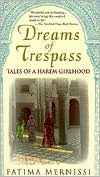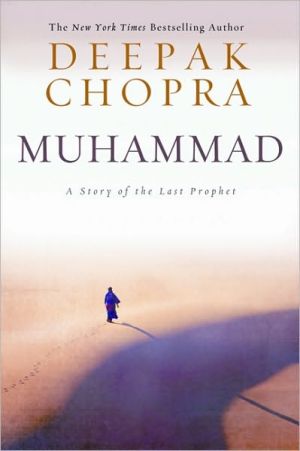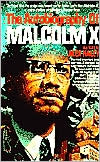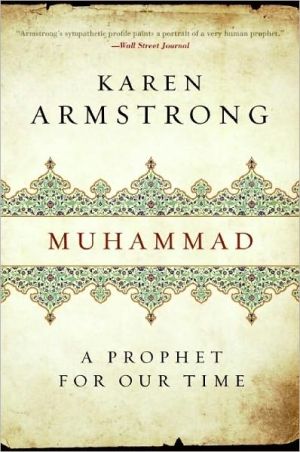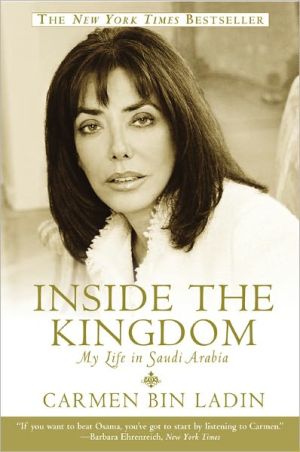Dreams of Trespass: Tales of a Harem Girlhood
”I was born in a harem in 1940 in Fez, Morocco...” So begins Fatima Mernissi in this exotic and rich narrative of a childhood behind the iron gates of a domestic harem. In Dreams of Trespass, Mernissi weaves her own memories with the dreams and memories of the women who surrounded her in the courtyard of her youth—women who, deprived of access to the world outside, recreated it from sheer imagination. Dreams of Trespass is the provocative story of a girl confronting the mysteries of time and...
Search in google:
"I was born in a harem in 1940 in Fez, Morocco..." So begins Fatima Mernissi in this exotic and rich narrative of a childhood behind the iron gates of a domestic harem. In Dreams of Trespass, Mernissi weaves her own memories with the dreams and memories of the women who surrounded her in the courtyard of her youth—women who, deprived of access to the world outside, recreated it from sheer imagination. Dreams of Trespass is the provocative story of a girl confronting the mysteries of time and place, gender and sex in the recent Muslim world. Publishers Weekly This rich, magical and absorbing growing-up tale set in a little-known culture reflects many universals about women. The setting is a ``domestic harem''in the 1940s city of Fez, where an extended family arrangement keeps the women mostly apart from society, as opposed to the more stereotypical ``imperial harem,'' which historically provided sex for sultans and other powerful court officials. Moroccan sociologist Mernissi ( Islam and Democracy ) charts the changing social and political frontiers and limns the personalities and quirks of her world. Here she tells of a grandmother who warns that the world is unfair to women, learns of the confusing WW II via radio news in Arabic and French, watches family members debate what children should hear, wonders why American soldiers' skin doesn't reflect Moroccan-style racial mixing and decides that sensuality must be a part of women's liberation. With much folk wisdom--happiness, the author's mother told her, ``was when there was a balance between what you gave and what you took''--this book not only tells a winning personal story but also helps to feminize a much-stereotyped religion. Photos. BOMC and QPB selections. (June)
\ Publishers Weekly - Publisher's Weekly\ This rich, magical and absorbing growing-up tale set in a little-known culture reflects many universals about women. The setting is a ``domestic harem''in the 1940s city of Fez, where an extended family arrangement keeps the women mostly apart from society, as opposed to the more stereotypical ``imperial harem,'' which historically provided sex for sultans and other powerful court officials. Moroccan sociologist Mernissi ( Islam and Democracy ) charts the changing social and political frontiers and limns the personalities and quirks of her world. Here she tells of a grandmother who warns that the world is unfair to women, learns of the confusing WW II via radio news in Arabic and French, watches family members debate what children should hear, wonders why American soldiers' skin doesn't reflect Moroccan-style racial mixing and decides that sensuality must be a part of women's liberation. With much folk wisdom--happiness, the author's mother told her, ``was when there was a balance between what you gave and what you took''--this book not only tells a winning personal story but also helps to feminize a much-stereotyped religion. Photos. BOMC and QPB selections. (June)\ \ \ \ \ Library JournalSociologist Mernissi (Islam and Democracy, Addison-Wesley, 1993) has penned an engaging memoir about her own childhood in a Moroccan harem during the 1940s. In simple prose that allows the reader to see events through a child's eyes, she describes a world alien to most Westerners. The Mernissi harem is a large extended family in which female members, including divorced aunts and several wives for some males, are confined to their shared home and restricted in their behavior. These strong, colorful women are the focus of the book. They dominate household activities and frequently form a united front in dealings with male family members. While they accept their role in society, the women applaud changes in other Muslim nations and admire prominent women who promote these changes. The book ends abruptly before the author's teen years, suggesting that there will be a sequel. Recommended for Islamic studies collections, especially for young adults.-Rose Cichy, Osterhout Free Lib., Wilkes-Barre, Pa.\ \ \ School Library JournalYA-Through a series of vignettes and recollections, Mernissi describes what it was like growing up in one of the last bastions of culturally supported female seclusion in Fez, Morocco, in the 1940s. Within its walls, the harem held young children of both sexes; in-laws of several generations; divorced, widowed, or otherwise dependent female relatives; and even ex-slaves. The presence of the French, the inevitable incursions of the war, and the Westernization of the country itself exposed the family to much that clashed with the customs of their Islamic culture. The author was continually challenged by her mother and grandmother to look beyond the habits of the past, while her father's mother and aunts argued convincingly for the benefits of the old system. This is not a denigration of harem life; rather, it is a description of the conflicts these people faced as they moved out into the world, especially as educational opportunities opened up for them. A useful explanation of the culture as well as a fascinating and highly readable tale of some unique, intriguing women.- Susan H. Woodcock, King's Park Library, Burke, VA\ \
